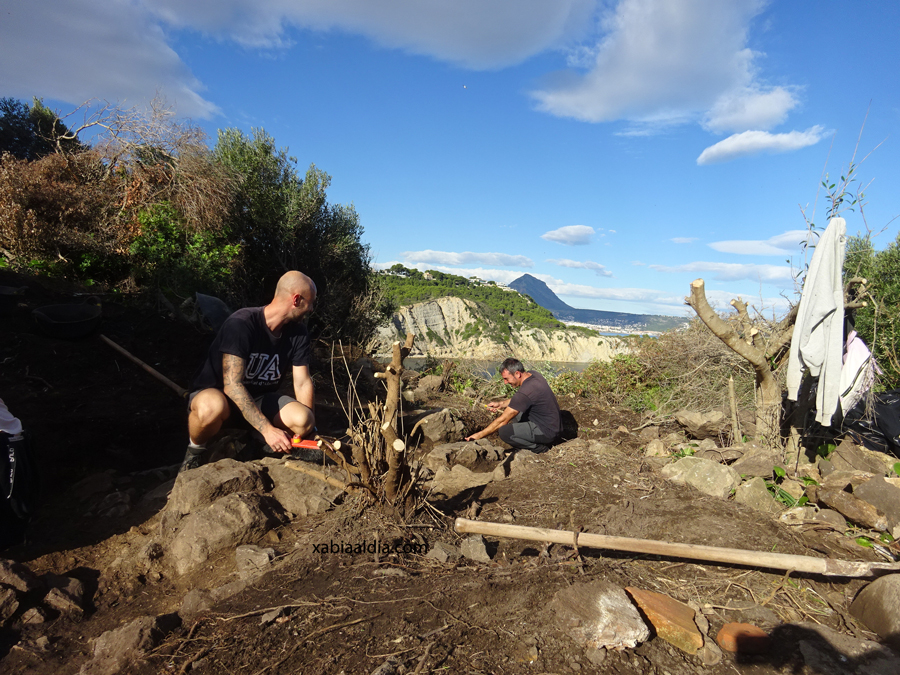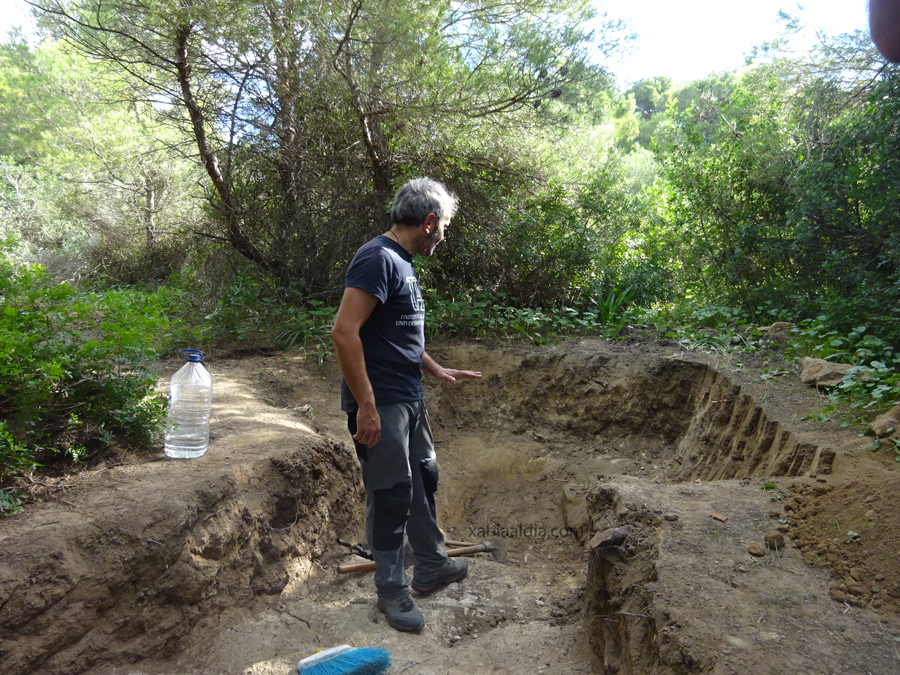Archaeologists confirm Roman and Byzantine settlements on Portitxol island
The four digs on the island have uncovered more than a thousand pieces of interest

Sunday 20th November 2022 · Mike Smith
Source: Carlos López (XAD)
Archaeologists have confirmed that the island of Portitxol was inhabited during the Roman and Byzantine eras after carrying out a number of excavations and uncovering plenty of evidence to be able to make the assertion.
The specialist team from University of Alicante, which was made up of Juanfran Álvarez, Alejandro Prefaci and Jordi Blázquez, presented the first results of the fourth archaeological dig on the island at the Fundación CIRNE premises, which they have been able to carry out with the permission of the Pons family which owns the island.
The experts worked with current and old aerial photos as well as documentation from the municipal museum which highlighted different points on the island where excavations should be made. With an initial approach on four areas, they first had to clear the areas, cut back a lot of vegetation and even prepare access paths on an island that was used for agricultural purposes as late as the 20th century when grapes for the raisin industry were grown.
The digs have uncovered the foundations of a wall of a Roman villa, which they suggest could have been a summer house with some connections to the property that was located in the Punta del Arenal, next to what is now a private chalet and the Parador hotel. They have been able to date it to Roman times due to the number of ceramics found at the bas of the wall. In addition, another wall was uncovered in the highest part of the island that served as the perimeter of the property and next to it they found what could be cistern.
One of the great surprises that the excavations uncovered were the discovery of two tombs which have been dated back to the 6th and 7th centuries. According to Juanfran Álvarez, this would demonstrate that there was a permanent presence on the island in the time after the Roman occupation since a Roman would not have wanted to be buried on an island where no-one can see him but would rather be buried in his own villa in the town. Thus, it has been surmised that the tombs are from a later date.

Alejandro Prefaci said that the secrets of the island of Portitxol only reveal further questions. “Every time we answer a question, twenty more have been asked,” he said, adding that over the past four years, the project has uncovered more than 1,000 objects for analysis, including from the waters that surround the island – “the underwater museum” – and a route has been created so that divers can visit some of the historic anchors that have been located. In addition, they have been working on creating a virtual reality system through which all residents will be able to discover the site without leaving the municipal museum.
With respect to the seabed around the island, Prefaci said that some 20 or 30 new anchors have been located, the most outstanding being a wooden trap with two bronze cores as well as what have been deduced to be the remains of two boats about 12 to 15 metres in length that date back to the 18th century.
The archaeological digs will resume next year and it is hoped that further treasures will be uncovered that will tell the history of the bay and the island of Portitxol.
Related Links






